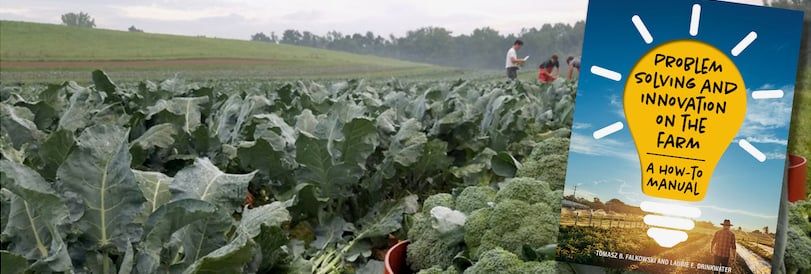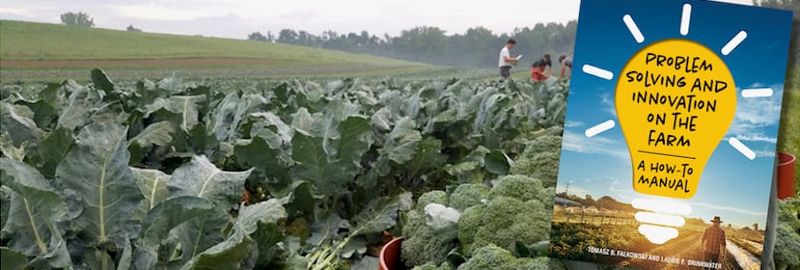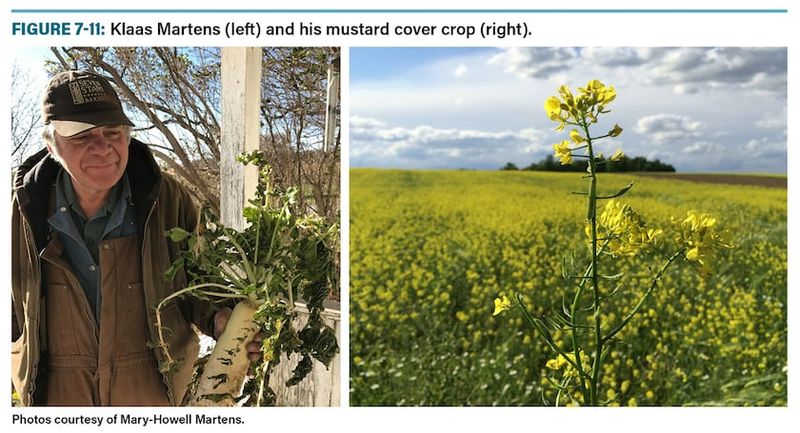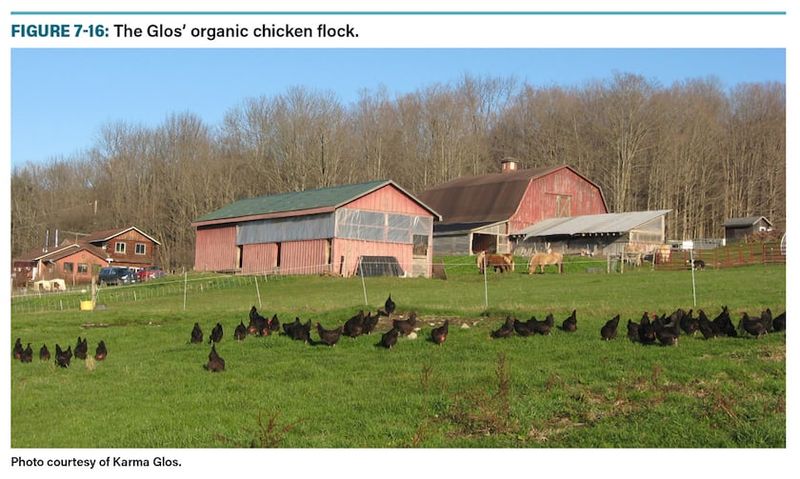Turn On the Light


A how-to manual for on-farm problem solving
Beginning farmers, homesteaders, and people enjoying the rural life hoping to monetize it in some way—that is, make some money—have one thing in common: lack of experience to draw from.

Even farmers with decades of experience share similar concerns, should they want to try something new.
So wouldn’t it be great if there was someone you could turn to, something written down somewhere so you didn’t have to depend on the years of experience you find at small town coffee shops in the morning? (And if you’re not already a member of the morning coffee group, it could take decades before they decide to share their knowledge.)
So where else can you turn? The extension service has plenty of advice, but sometimes it’s in hard-to-find places. Or maybe you don’t know if their processes and procedures will actually work on your acres. And worst of all, if you try something, how can you tell if it’s working until it’s too late?
Shedding some light on problems
Laurie Drinkwater and Tomasz Falkowski of Cornell University set out to equip farmers with tools to generate the information they need to take make decisions in the face of change. With funding from the Northeast SARE Professional Development Program, the project team worked with farmers and crafted a 96-page how-to manual, “Problem Solving and Innovation on the Farm”.
The manual’s framework leads farmers through seven steps with a holistic approach that incorporates the farm’s vision and existing farm systems before starting on a new course. These steps can help craft decisions that—hopefully—will lead to both increased profitability and a happier lifestyle on your acres.
The publication’s graphics help illustrate key concepts and processes. Importantly, there are 11 farm case studies that illustrate how to use the problem-solving framework to make significant changes to operations.
The abstract made real
The manual is divided in to “how-to” chapters. Think of these as the framework you’ll need to begin solving your own problems on the road toward independence, be it financial or work/life related.
These key chapters include:
- How do expert farmers solve problems on their farms
- Establish life and farm goals
- Identifying problems and opportunities
- Problem solving and experimentation
- Example experimental designs
While some of the how-to concepts can get pretty involved—and there are plenty of worksheets, charts and spreadsheets along the way—the good news is that the manual also provides case studies that reflect the how-to nature of farming and problem solving.
Case studies from real farmers
The 11 case studies involve sometimes abstract concepts, such as determining quality of life goals, but then they go on to bring it all back to real-world conditions on the farm. Each case study has links that refer back to concepts discussed above.
- Setting goals and determining quality of life requirements
Anton Burkett founded his Early Morning Farm as a CSA in 1999. He realized that everything he does originated with defining the vision he had of his farm.
- Observing patterns
Vegetable farmers Jean-Paul Courtens and Jody Bolluyt noticed that broccoli grown after beans seemed unusually vigorous and productive. Could they capitalize on that?

- Developing a cropping system and unique market niche
Thor Oechsner began with organic grains, but now grows wheat, rye, corn, and other grains for humans…and he either mills them himself or sells to flour mills.
- Adapting to climate change through innovative management
Lou and Merby Lego noticed that precipitation patterns have become erratic, and quickly moved to find ways to prevent soil erosion
- Background investigation
Klaas and Mary-Howell Martens cultivated grain crops and raised livestock. Moving to organic corn and other crops for sale to restaurant, they had to figure out ideal cropping systems versus cover crops.

- Experimental design
Lou and Merby Lego (mentioned above) also grow cucumbers, which of late began suffering from powdery mildew problems. They built a tunnel with filters to solve the problem from this airborne pest.
- Success criteria
Karma, Michael, and Rosemary Glos own and operate Kingbird Farm, a certified organic operation. When expanding their farm to sell beef, pork, chicken and ducks, they had to rely on their original vision to remain organic.

- Evaluating results
Chaw Chang and Lucy Garrison had never been satisfied with aisle management between raised beds used to grow organic vegetables, so they changed their planting scheme, and incorporated living mulches.
- Inviting feedback from collaborators
Harold Schrock raises a combination of grass-fed beef, long-term perennial forage, and short-term organic row cash crops. To build and preserve his soil, he sought new cover crop advice from farms in New York and Pennsylvania.
- Reinventing a whole farm system
Adam and Courtney Squire grow a diverse mix of heirloom vegetables on their 15-acre market garden, but realized they wanted to do more for their environment.
- Developing an innovative farming system
Steve Groff always wanted to be a farmer, but in doing so, he also prioritized being an innovator and trying things from other parts of the world. Among them was developing a roller-crimper he had heard about at a Brazilian no-till conference for use on his cover crop.

For more information
You can download the entire manual as a .pdf by navigating to northeastsare.org
Tags:Sustainable Acres

Acreage Life is part of the Catalyst Communications Network publication family.
















